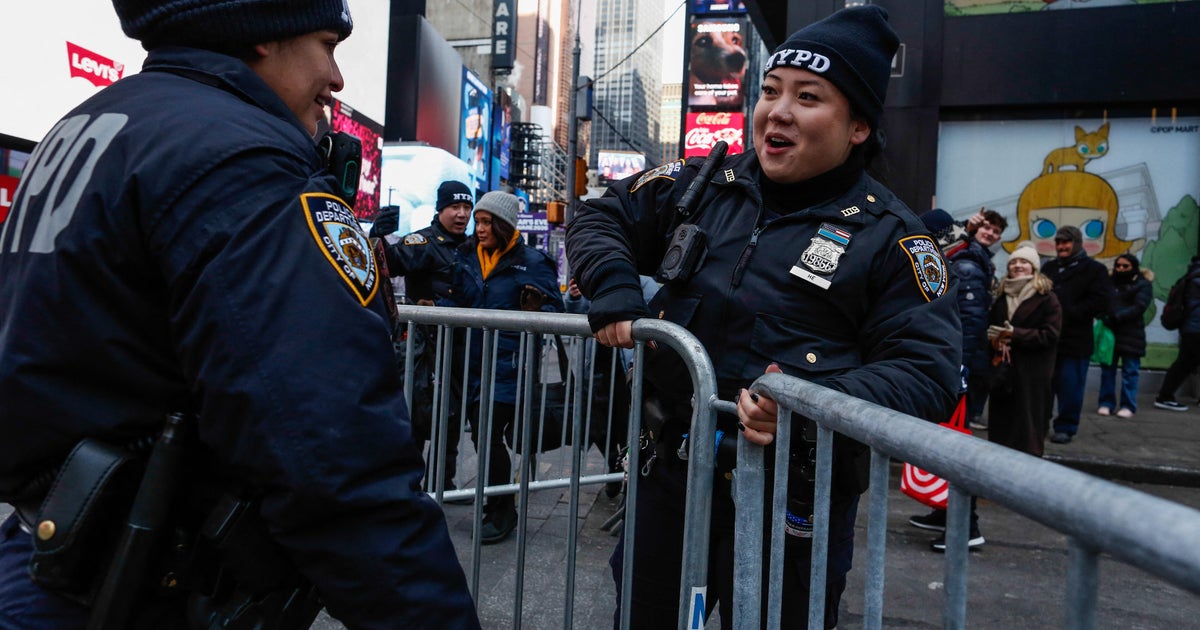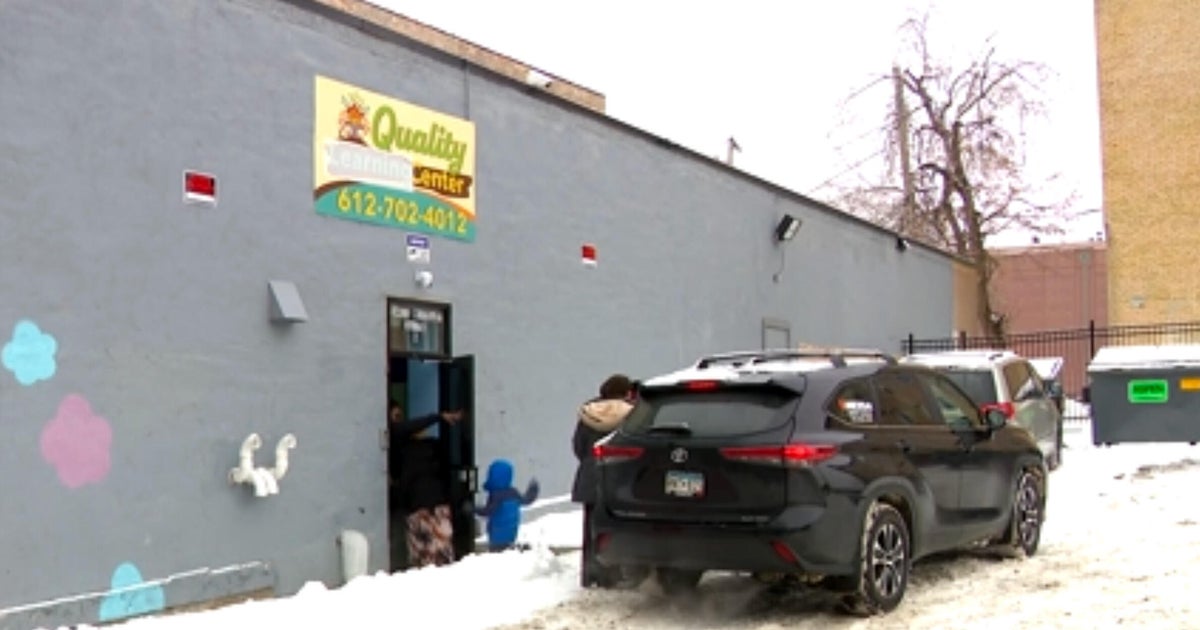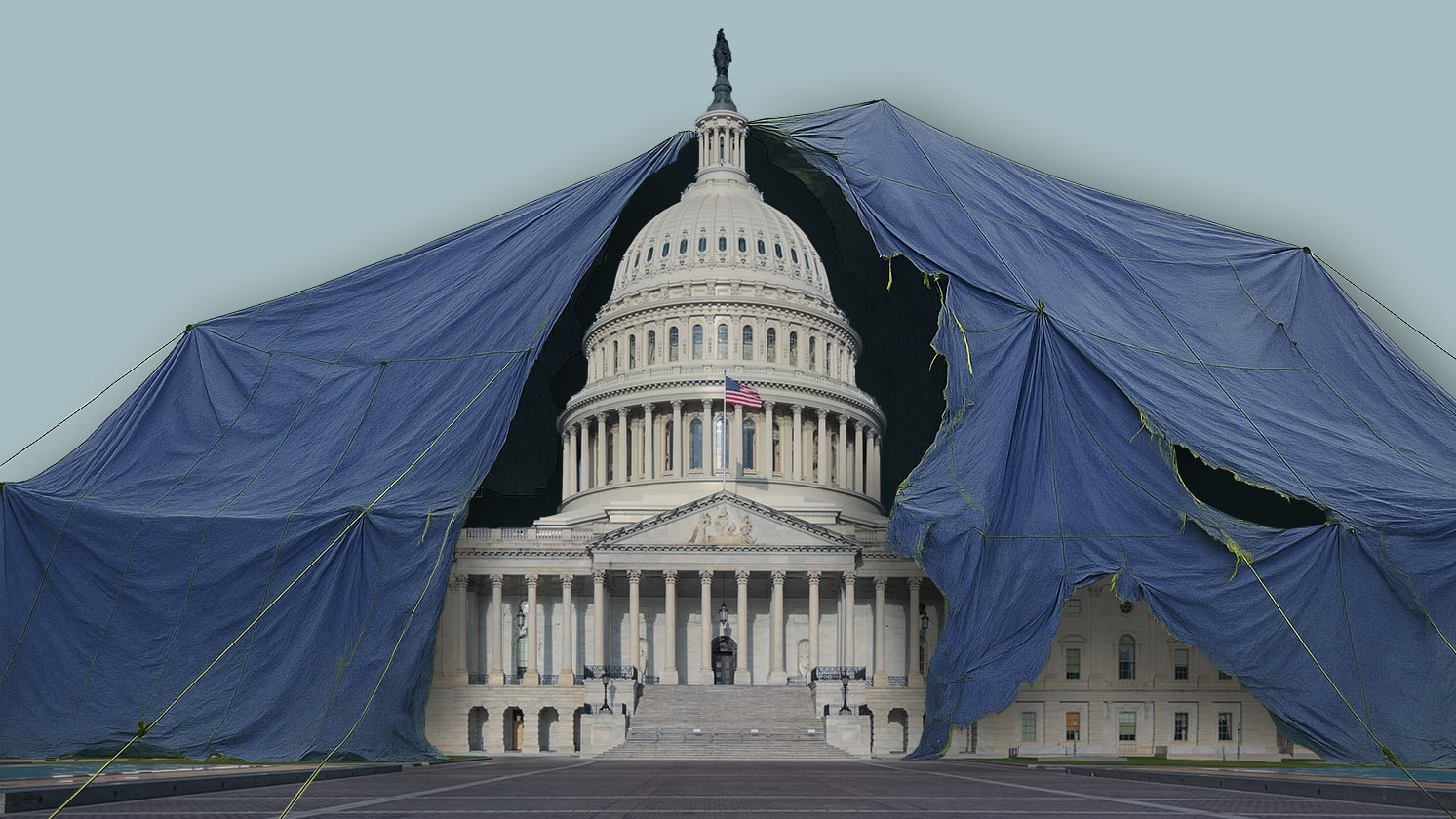Why some mail-in ballots are rejected and how to make sure your vote counts
More Americans than ever are likely to cast a ballot by mail for the first time in this year's presidential election, and though this sounds like it should be simple, voters could face a learning curve in completing it properly and ensuring it arrives in time to be counted.
In the primary elections held during the pandemic this year in five key battleground states, rejection rates of returned absentee and mail-in ballots ranged from a little under 1% to nearly 2%, according to a CBS News analysis of state data and a report from the MIT Election Data and Science Lab. The number seems small and suggests that in the vast majority of cases, votes cast by mail are counted.
But in a close election, it's a number that signals potential challenges ahead for voters, campaigns, and election officials in November. Rejected ballots could become a key source of contention that could further stall results.
A missing signature, an unverified signature, or late arrival are the most common reasons for a ballot to be rejected, according to the U.S. Election Assistance Commission report from the 2016 election. In that election, 318,728 ballots — just under 1% of returned absentee ballots — were rejected across the country.
Concerns about the coronavirus mean that "so many more people are going to vote by mail, that it really does raise the possibility of a high number of rejected ballots," says Josh Douglas, an election law and voting rights professor at the University of Kentucky. "If you have a super close election, especially in a presidential swing state, and the margin of victory is lower than the margin of rejected ballots, then people will question the results. And then you get litigation."
CBS News analyzed 2020 primary election election data in Wisconsin, Michigan and Pennsylvania — three key states that determined the 2016 presidential election by fewer than 80,000 combined votes — and found the following rejection rates based on data from state election officials:
Wisconsin: 22,401 ballots rejected of 1,182,201 absentee ballots returned, 1.9%. The 2016 election was decided by 22,748 votes. *This does not account for rejections marked as "superseding ballot returned."
Michigan: 6,606 ballots rejected of 876,060 absentee ballots returned, 0.8%. The 2016 election was decided by 10,704 votes. *This does not account for voters who had their absentee ballots rejected because they voted at the polls.
Pennsylvania: 26,594 ballots rejected out of 1,486,143 absentee ballots returned, 1.8%. The 2016 election was decided by 44,292 votes. *This does not account for rejected ballots marked as "label canceled," "replaced," or "vote canceled" (which includes voters who cast in-person votes, thus voiding an absentee ballot)
CBS News also analyzed data from the June 2020 primary in Georgia, an emerging battleground state, and found at least 11,000 mail-in ballots were rejected, out of more than 1.1 million returned mail ballots, based on the most recent data from the Georgia Secretary of State's website.
The MIT Election Data and Science Lab found that 18,504 mail ballots, 1.34% of ballots returned, were rejected in the March presidential primary.
The study also found some key warning signs: 2.5% of first-time voters who tried to vote by mail didn't succeed in having their ballots counted, compared to 1.3% of returning voters. And Black and Hispanic voters were more likely to have their ballots rejected, at 2.3% and 2.2% respectively.
"More people are going to be voting by mail than this country has experienced before, and not everyone is familiar with all of the ins and outs of the administrative details, like the date by which they have to return it or what are all the technical requirements," says Myrna Perez, director of the Voting Rights and Elections Program at the Brennan Center.
"It becomes a really busy work aptitude test, a 'Where's Waldo?' type of exercise," says Charles Stewart, director of the MIT Election Lab. "There's basically twice as many steps that need to be done to vote by mail."
Signed, Sealed...
Election officials and experts say the best way to make sure your ballot is counted is to sign it.
"I've jokingly said that we need Stevie Wonder to do a public service announcement where, you know, 'Signed, sealed, delivered,'" said Michael McDonald of the University of Florida. "If people followed that very basic message, tens of thousands of votes would be accepted."
Given that the most common reasons for rejected ballots involve signatures and postmark dates, it's critical for voters to read the ballot instructions carefully and to send it in as early as possible.
"Anything you're sending to us — make sure you sign it," says Kristi Royson, the elections supervisor for Gwinnett County, one of the four most populous counties in Georgia.
While Georgia requires just the voter's signature, six states require an additional signature from a witness and three states require the ballot envelope to be notarized, according to the NCSL. Alaska, Louisiana, North Carolina, South Carolina, Virginia, and Wisconsin require witness signatures.
Minnesota and Rhode Island normally require this too, but dropped the requirement for November due to COVID-19. And Mississippi, Missouri and Oklahoma require the envelope to be signed by a public notary. Alabama requires a copy of the voter's ID, in addition to either a notary or signatures from two witnesses over the age of 18, according to the secretary of state. In North Carolina, ballots must be signed by either two witnesses over the age of 18 (the witnesses must provide their addresses) or by a public notary.
Roughly 14,000 of Wisconsin's rejected ballots in April were due to issues with certification. That includes people who didn't sign their ballots, didn't have the witness provide a signature, or the witness didn't add his or her address to the ballot. Witness signatures were temporarily struck down in the election by a District Court judge, but the Court of Appeals reinstated the requirement for all ballots, adding to the confusion.
In 19 states, voters will be notified if there is a missing or incomplete signature and will be allowed to correct it. But there are deadlines. According to the Brennan Center, 13 states allow voters to fix issues with a ballot, such as a missing or mismatched signature, for several days after Election Day.
Election officials and experts caution voters to read the instructions on the ballot carefully. "We see a lot of individuals will make an X mark or a check mark, when they need to complete the oval," says Royson. Georgia is among the states that notifies voters and allows them to "cure" or correct their ballots, with a form of identification.
One simple way to help voters navigate mail voting: creating easy-to-read instructions and ensuring ballots make it clear where voters need to sign.
"If you create a good design for your mail balloting experience, that's going to reduce the number of rejected ballots," McDonald said.
...Delivered?
Most states require absentee ballots to be returned by Election Day, but 17 states require ballots to be postmarked by that day to be counted, with varying deadlines on when the ballots must arrive, according to the NCSL. Those extended deadlines can lead to fewer rejected votes, according to experts.
For example, Wisconsin requires voters to turn in their ballot by the time polls close at 8 p.m. CT. But in April, a decision from a federal judge and later the U.S. Supreme Court said that ballots had to be postmarked by Election Day and arrive by the following Monday to be counted. There were 2,659 ballots that were rejected because they didn't arrive by the cutoff date, but nearly 80,000 votes were counted because of that extended deadline.
"The earlier you do it, the better," Royson says. "So often, we get to the week before and individuals may think it can get from Point A to Point B in two days. Low and behold, it takes 10 days and it's late."
Royson advises voters to place their ballots in drop boxes located throughout the county to ensure they're received in a timely manner. Staff from her offices pick up ballots from those locations daily, and using them requires no postage. "If you put it in the mail, you're at the mercy of the mail," she says.
The Postal Service's general counsel issued a letter in May warning that it can take a week for requested mail ballots to reach voters and urging people to mail their ballots at least a week before Election Day.
But voters don't have to solely rely on the Postal Service for returning their ballot. Nearly every state allows voters to return ballots to a local clerk's office, according to the NCSL, and several states set up ballot drop boxes.
"Don't wait. Return your ballot as soon as you can," McDonald said. "If there's a drop box available, that's probably the most secure way to return that ballot. That means you're cutting out the post office and you're getting that ballot directly back to election officials."






